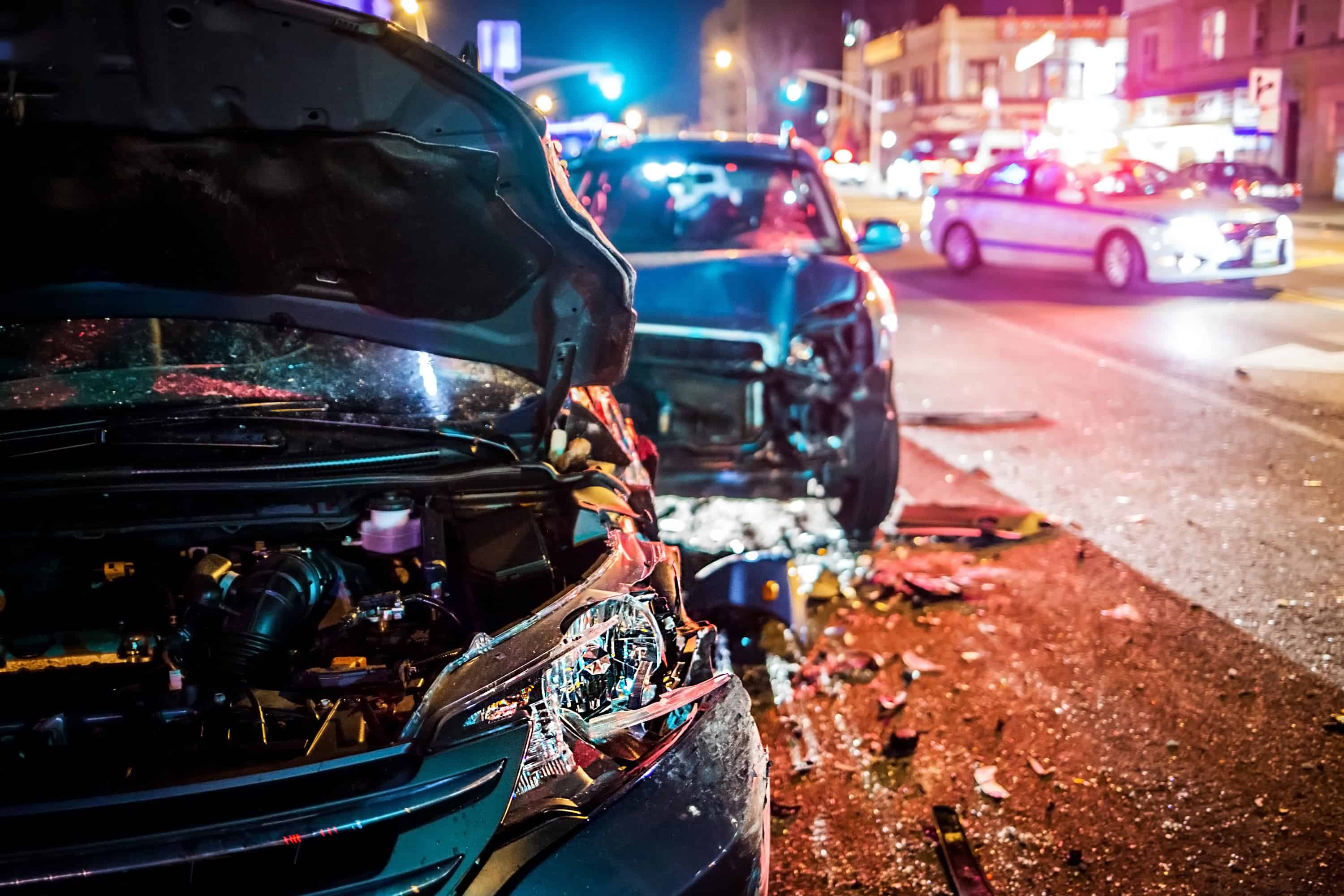Fuel Economy Regulations Threaten Vehicle Safety

 The following testimony was delivered before a September 6th Environmental Protection Agency hearing regarding the future of the federal Corporate Average Fuel Economy (CAFE) regulations—a program jointly overseen by the EPA and the National Highway Traffic Safety Administration.
The following testimony was delivered before a September 6th Environmental Protection Agency hearing regarding the future of the federal Corporate Average Fuel Economy (CAFE) regulations—a program jointly overseen by the EPA and the National Highway Traffic Safety Administration.
Thank you for the opportunity to testify this morning. CEI appears at this hearing in support of full reconsideration of the upcoming CAFE standards.
In 1992 a federal appeals court ruled that NHTSA had illegally evaded the fact that CAFE reduces auto safety. This came in a case that we brought, CEI and Consumer Alert v. NHTSA, 956 F.2d 321 (1992). The model year (MY) was 1990; the passenger car standard was 27.5 mpg. The court found that “the 27.5 mpg standard kills people.”
By comparison, the standards now scheduled through MY 2025 are far more stringent than 27.5 mpg. In fact, the estimated small-car standard for MY 2023 will be more than twice as high as that 27.5 number. So where are we today on the issue of CAFE and safety?
Since that 1992 court ruling, the government’s recognition that CAFE carries safety risks has improved, but only slightly. Neither NHTSA nor EPA have ever issued any numerical estimates of how many lives have been lost due to past CAFE standards. As for lives put at risk by future standards, the agencies’ discussions are complex, murky, and frankly not very credible.
For example, when the footprint-based CAFE system was introduced, we heard that this would reduce the dangerous down-weighting incentive posed by prior CAFE standards. But the lethal impacts of these prior standards had never been publicly acknowledged by NHTSA. And the new standards continue to have a lethal effect. Even footprint-based standards restrict the addition of weight to every car model.
The EPA-NHTSA Draft Technical Assessment Report (July 2016) admits the “relationship between vehicle mass and safety” and the fact that “mass reduction continues to be an important technology option … in meeting future … standards” (8-44). These were the two primary facts underlying the DC Circuit’s finding that CAFE kills, and those facts remain unchanged to this day. In the face of these facts, NHTSA and EPA cross their fingers and hope for the best. They hope that mass reductions will “be concentrated in the heaviest vehicles” (8-43), or that “careful changes in design and/or materials used might mitigate some of the potential increased risk from mass reduction ….” (8-44). Note the key fudge words here: “careful changes … might mitigate some” of the risk. This is wishful thinking. Even worse is EPA’s January 2017 pronouncement on this issue, in which it claims that its MY 2022-25 standards “will have no adverse impact on automobile safety.” EPA, Final Determination, p. 27.
In comparison, look at what the Insurance Institute for Highway Safety (IIHS) says. Its message is the same, whether you’re choosing a car for yourself or your teenaged children: bigger, heavier vehicles are safer.
NHTSA and EPA pin much of their no-safety-effect argument on the notion that vehicle size is more important than weight. But an IIHS study compared hybrid cars with their conventional, nonhybrid twins and found that the 10% increased weight of the hybrids was associated with a 25% lower risk of occupant injury. The issue may not be fully resolved, but this is one strong indicator that, to the extent you can differentiate, weight is more important.
The agencies optimistically claim that, by one estimate, all of the CAFE-induced deaths in passenger cars will be more than offset by a reduction in deaths caused by light trucks as those trucks are down-weighted. (Draft Technical Assessment, p. 8-60). But according to IIHS, the light-truck/passenger car mismatch “has faded as a problem in recent years.”
Finally, in a world of lower gas prices, the constraining effects of the scheduled CAFE increases will be much greater than previously estimated, because consumer purchasing preferences will be significantly different—more people will want the larger, heavier cars that IIHS recommends.
The court in CEI & Consumer Alert v. NHTSA concluded as follows:
When the government regulates in a way that prices many of its citizens out of access to large-car safety, it owes them reasonable candor. If it provides that, the affected citizens at least know that the government has faced up to the meaning of its choice. The requirement of reasoned decisionmaking ensures this result and prevents officials from cowering behind bureaucratic mumbo-jumbo.
We submit that, in terms of government candor, the situation has not changed very much since then. We question the need for any CAFE program at all. But regardless of what your position may be on CAFE, before you continue imposing new, more stringent standards, we submit that you first do a full accounting of this program’s past impact on traffic deaths.
Read Julie DeFalco’s groundbreaking 1997 study, CAFE’s Smashing Success: The Deadly Effects of Auto Fuel Economy Standards, Current & Proposed, here.